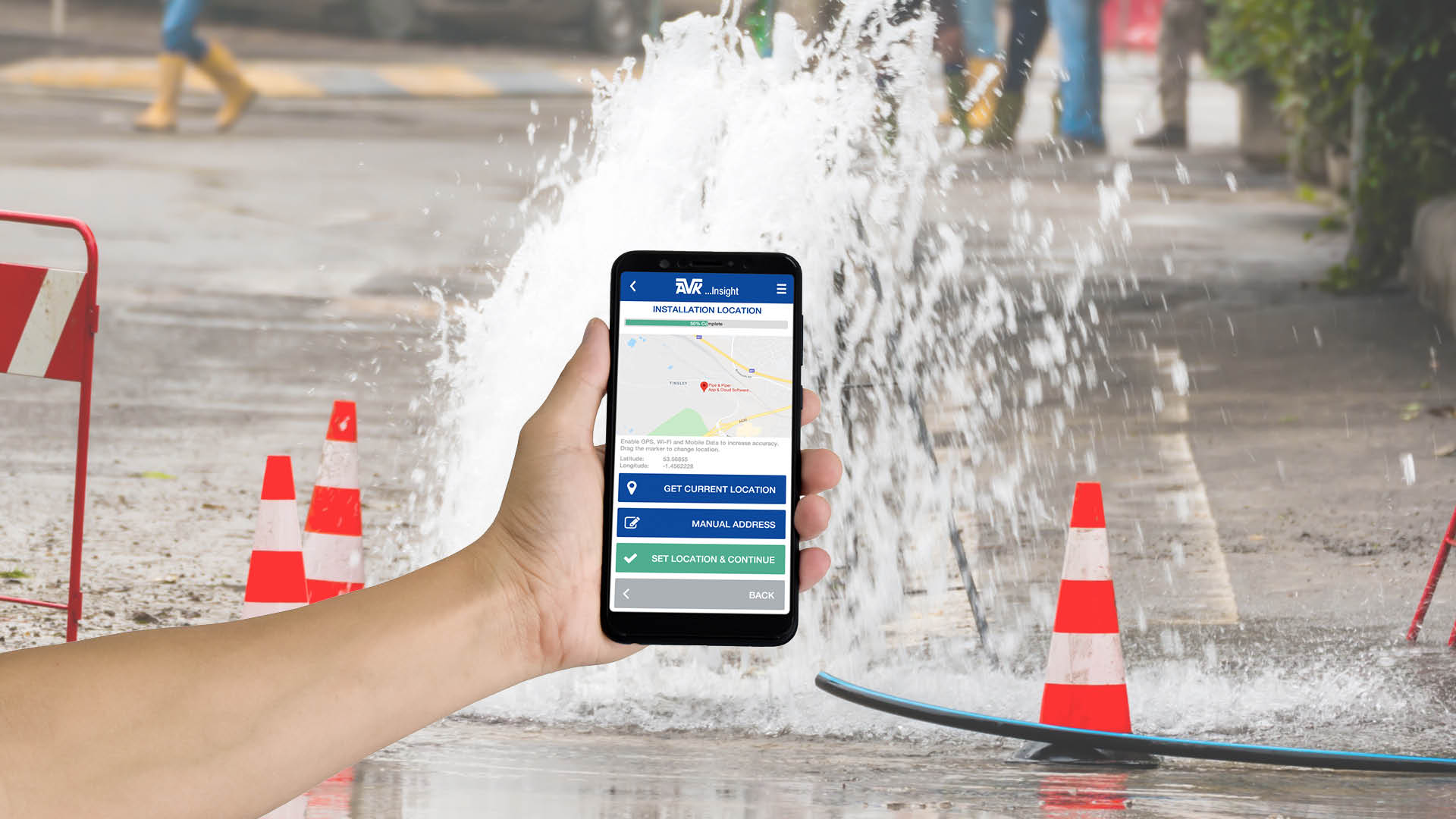
Revolutionising Network Leakage Management
Giving utility companies the smart water network tools to tackle leakage.
AVK’s Network Water Specialist, Anthony Whittam, explains more about smart networks, their benefits, and how AVK is supporting customers in the digitisation of their networks.
Water Network Digitisation Tackles Leakage
Digitisation of the UK’s water network has been in discussion for decades. Only in the last few years have smart networks come to the fore, however, with the advancement of battery and wireless data transfer technology.
When it comes to tackling the long-running issue of leakage, smart networks have the potential to revolutionise how network problems are managed, firstly by reducing the number of catastrophic failures and secondly with the rapid acceleration of repair timeframes through the provision of near real-time data from anywhere in the UK.
Digitisation of the water network is now central to the industry’s strategy on tackling water loss. This currently stands at 51 litres per person per day in England and Wales, rising above 80 litres in Scotland and Northern Ireland, according to Ofwat.
By reducing the amount of “non-revenue water”, water companies can create a more efficient network, which leads to savings being passed on to customers. Through the development of Water Resource Management Plans (WRMPs), the regulator has challenged water companies to “develop more creative and innovative ideas” to deliver better value – and smart networks sit at the heart of that innovation.


What is a smart water network?
A smart network is live feedback from key water company assets to determine flow, pressure, and other performance indicators on the network. Smart devices, such as AVK’s Smart Water sensors, would be placed on key assets, such as meters, valves, gates, etc, which can then provide digital information in almost real time (whether that’s hourly or every 15 minutes).
Where would Smart Water assets be installed on the network?
One example would be when we look at District Metered Areas (DMAs), which generally split the network into between 500 and 2,500 connections, but this can vary significantly across the country and between suppliers. You would monitor the flow into those DMAs at the central point, and this would tell you if you have sufficient pressure within the DMA. If there was a drop, you would know there was an issue and an engineering team could be deployed.
What benefits do smart networks provide?
As we discussed, if the smart network devices detect a drop in pressure, or an increase in flow, this would alert the control centre and they could send someone out to check the cause and action a repair. A leak, for example, can be identified in near real-time and repairs can be scheduled to sort the problem as quickly as possible. This reduces water loss which, alongside the environmental benefits, ultimately saves the water company money. Savings can then be passed on to the end customer.
What does a perfect smart network look like?
I don’t think a perfect smart network exists yet, but companies are getting better at digitising their networks. Digitalising has been discussed in the industry for decades but it’s been getting more and more traction over the last five years. The perfect smart network varies depending on who you ask but I always imagine a central control hub with a digital map of the region and displays telling you what’s going on in real time. Thousands of smart devices on key assets across the network would feed data back into the centralised hub, or data lake, and specialised software will be able to ascertain how well the network is performing, if efficiencies can be made in certain areas and if there are any problems.
How can AVK support customers to improve their network digitisation?
AVK is a piece of a larger jigsaw puzzle when it comes to digitising the entire water network. Where we support customers is in turning standard AVK assets into smart assets. That includes gate valves, hydrants, flow devices, pressure checks at critical points, water level monitoring, and temperature devices, which are fairly new to the industry. There have been academic studies on water temperature and how this affects water quality, so tracking can provide further critical data that can be analysed to determine the health of the network. We’re always happy to have a discussion with any water companies interested in our intelligent monitoring solutions, so I’d encourage them to give me a call.
You can learn more about AVK UK’s Smart Water Digital Monitoring here.
To discuss AVK UK’s Smart Water products and services, please contact Anthony via the details above. Phone Anthony on the number shown or write to him directly by clicking on the email icon above.

